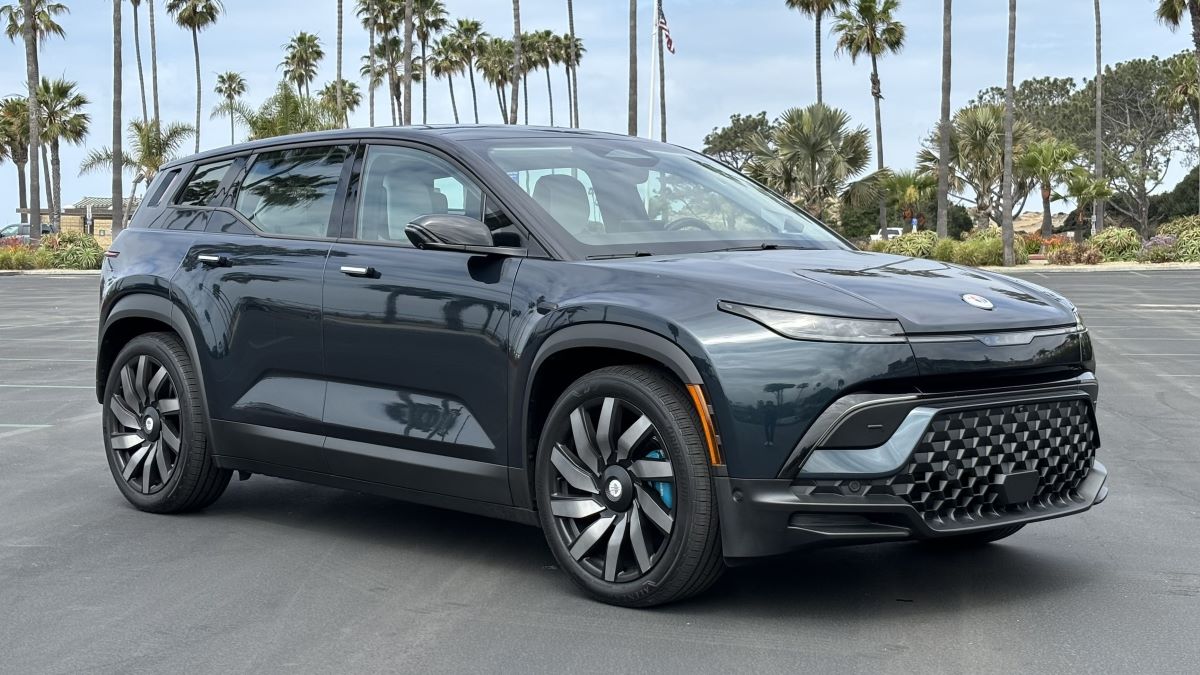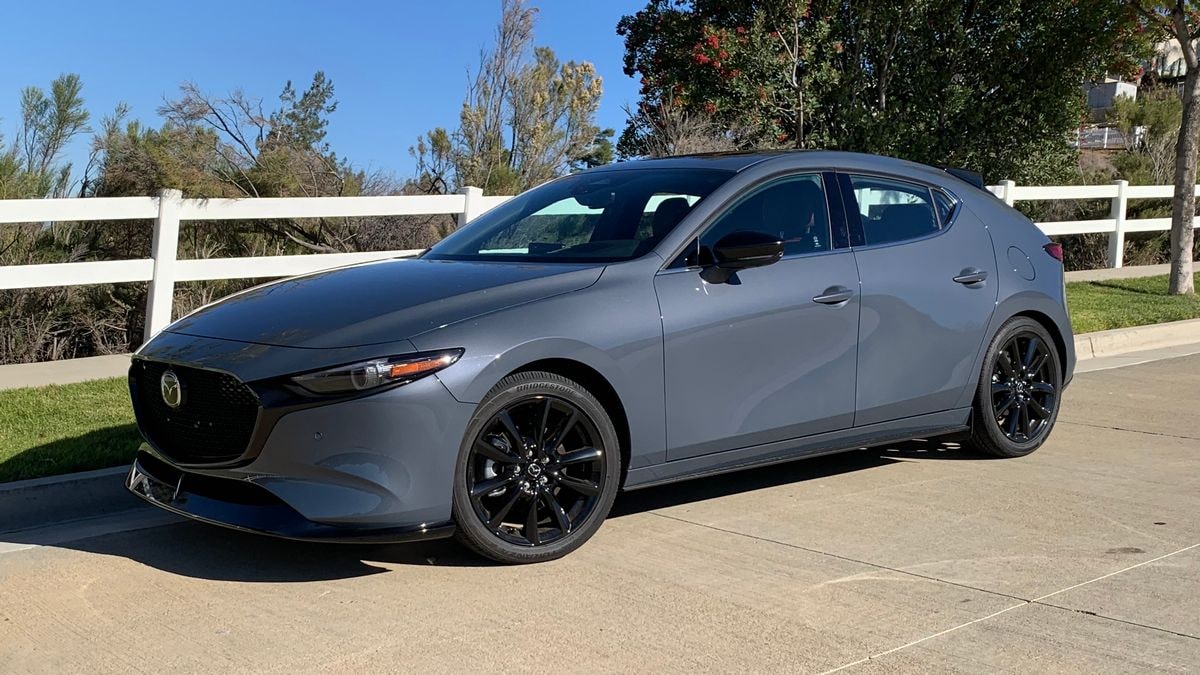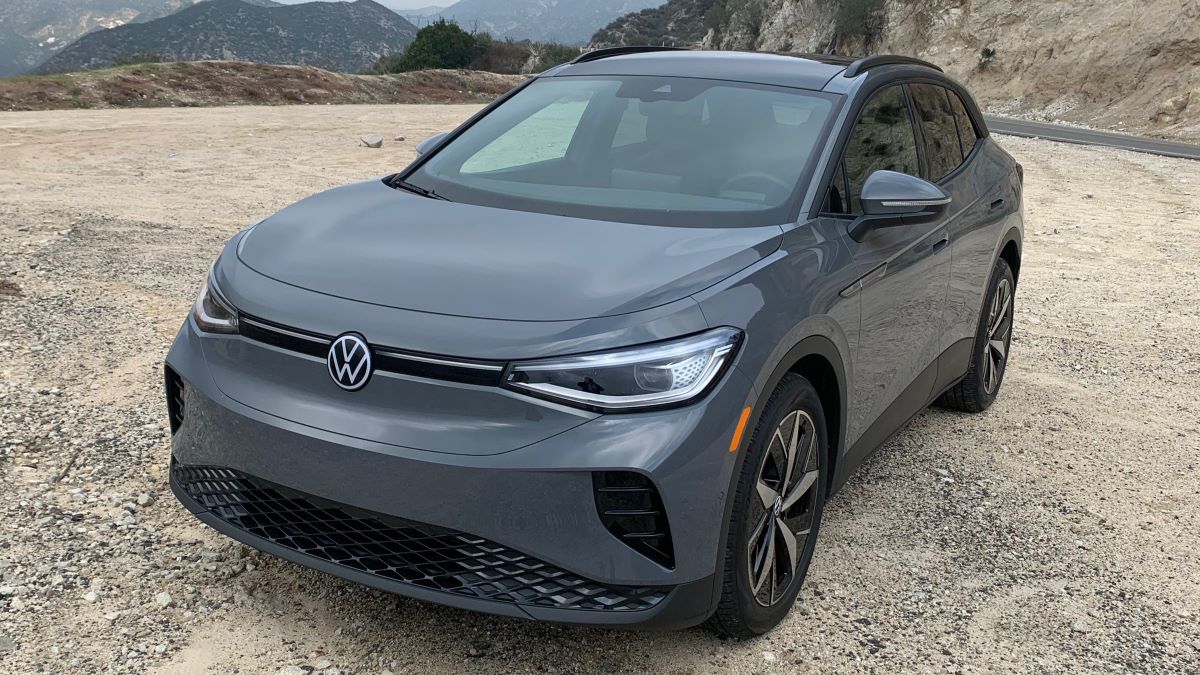For more than a century, we’ve driven cars using one pedal to go and another to stop. With the one-pedal driving feature available on many electric vehicles, you push down on the accelerator to speed up, and lift up to slow down at a rate that mimics typical braking force.
When you need to stop more quickly, the brake pedal awaits at the ready. It can feel like a novelty at first, but many of our car reviewers now use one-pedal driving mode whenever it’s available, and get disappointed when it’s not. It doesn’t take too much practice before you start completing entire drives without ever touching the brake pedal.
Using only one pedal changes your driving experience. We’ll tell you how it works, the benefits you get from using a single pedal for driving, what you need to know about safety, and a list of some electric cars that offer the feature.
What Is One-Pedal Driving?
When you turn on one-pedal driving in an electric car, you accelerate and decelerate using a single pedal. In some vehicles like a Nissan Leaf, it’s known as e-pedal, and Hyundai calls it the i-pedal in its Ioniq 5. Driving with a single pedal can be an adjustment. But, it’s easy to use and doesn’t take long to figure out. And don’t worry. You can still use the car’s brake pedal at a moment’s notice if needed.
What Are the Benefits?
One-pedal driving extends the brake life of the vehicle, battery range, and overall performance of the car, especially when paired with the “eco” mode.
One-pedal driving helps your brakes last longer because you’re not using them much. EVs use regenerative braking like hybrids and plug-in hybrids and capture the kinetic energy typically lost while coasting and braking. When using a single pedal to accelerate, decelerate, and stop the car, it grabs the excess energy and sends it to the battery, helping to extend the range of your EV.
According to a research article in the Frontiers in Mechanical Engineering journal, the authors tested a Chevy Bolt. They found that an EV driver can recapture about 5% of the energy when using single-pedal driving. For drivers of the Bolt, one-pedal driving brings an additional 13 miles to the estimated range, depending on terrain, temperature, and more.
Using one-pedal driving can relieve some of the stress of driving since you’re focusing on one pedal instead of two, but it can also initially be a drawback because it’s an adjustment in how you typically drive.
How Does One-Pedal Driving Work?
- The accelerator pedal serves both accelerating and braking, although you can still rely on your brake pedal in any situation for safety reasons.
- There is an on and off button to activate single-pedal driving, located near the gearshift in some electric cars.
- Move your foot forward to accelerate the vehicle just as you normally would. To slow down, simply lift off the pedal.
- Before stopping, take your foot off the gas and allow the vehicle to slow down naturally to a complete stop. If you stop accelerating, the one-pedal will automatically slow and stop the car for you. If you misjudge for any reason, you can also use your brake pedal.
- Depending on preference, drivers can adjust the one-pedal function in some cars, so the braking period is shorter or longer.
- As you get used to the one-pedal driving, you’ll start to judge the distance of when you need to remove your foot from the accelerator pedal to allow the car to come to a complete stop on its own.
- After stopping completely, the EV remains in that position automatically during a one-pedal drive. In some EVs, it stops in place on inclines, too.
- Brake lights on your electric car will automatically illuminate when you decelerate the vehicle and will remain on when the vehicle fully stops.
- The single-pedal driving will not work when you’re in “park” or “neutral.”
- If your car comes equipped with an enhanced or adaptive cruise control system and you turn it on, the one-pedal driving will not function because it doesn’t need to.
- If you need a tow or go to an automatic car wash, some EV carmakers suggest you turn off the one-pedal function.
Is One-Pedal Driving Safe?
The one-pedal driving feature works safely in almost any situation. Using the feature lets you plan ahead when you want to decelerate and come to a stop, which makes it safer since you’re not hitting the brakes at the last minute.
In the event of an emergency, or if a quick stop becomes needed, you can hit the brakes at any time. As the driver, you can always go back to standard braking and driving. There’s no need to turn off the one-pedal driving feature.
However, there are three conditions where it’s not safe to operate the one-pedal driving mode:
- When driving on slippery roads, such as ice, slush, or snow.
- During a downhill drive.
- If you fill your car with heavy baggage or cargo.
A List of EVs Offering One-Pedal Driving
Not every electric car model or trim offers one-pedal driving. But here’s a list of some vehicle models that offer the feature.
Editor’s Note: This article has been updated for accuracy since it was originally published. Dayana Preval contributed to this report.





